Table of Contents
Introduction to Sazon Without Red 40
Sazon without Red 40 is a natural seasoning blend that delivers authentic Latin American flavor without artificial dyes. This alternative replaces Red 40 with safe, plant-based colorants like annatto or turmeric while maintaining the same rich spice profile. Health-conscious cooks and culinary professionals increasingly choose this option to avoid potential health concerns linked to artificial food dyes.
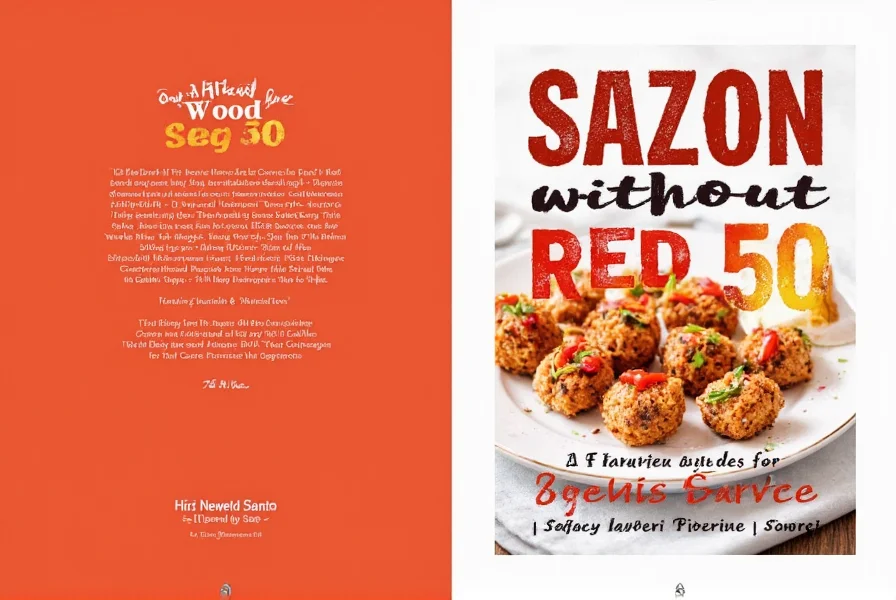
Why Sazon Without Red 40 Matters
While traditional sazon often contains Red 40 for vibrant color, this artificial dye has raised health concerns. Choosing sazon without Red 40 offers significant benefits:
- Health Safety: Red 40 has been associated with hyperactivity in children and potential allergic reactions. Health organizations like the American Academy of Pediatrics recommend limiting artificial dyes in children's diets.
- Natural Ingredients: Sazon without Red 40 uses plant-based colorants like annatto or turmeric, which are recognized as safe by the FDA and EU food safety authorities.
- Authentic Flavor: The spice blend (cumin, garlic, oregano, coriander) remains unchanged - only the colorant is replaced, preserving traditional taste without artificial additives.
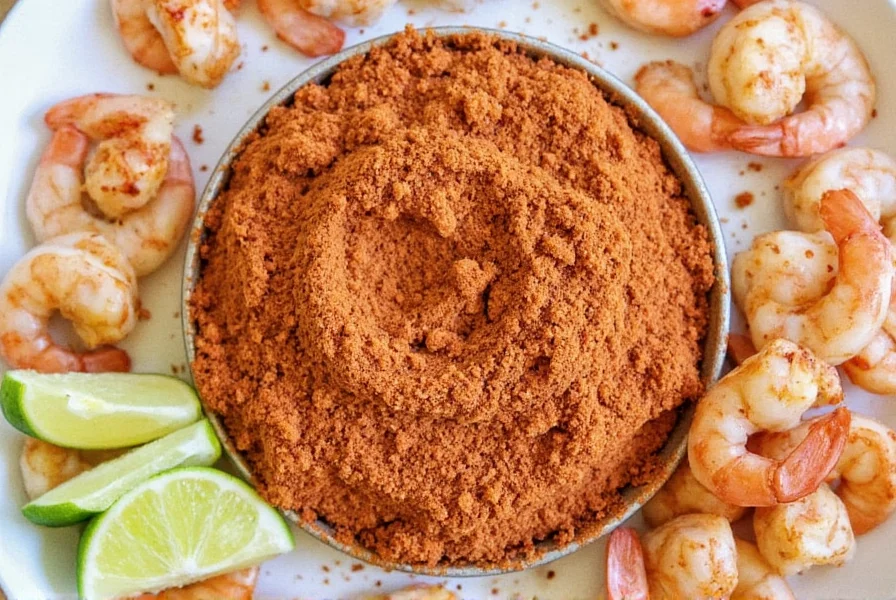
Practical Tips for Using Sazon Without Red 40
Here's how to maximize flavor while avoiding artificial dyes:
- Start Small: Sazon is potent - begin with 1/2 teaspoon per cup of rice or beans, adjusting to taste.
- Rice and Beans: Add to cooking liquid for authentic Latin American flavor without artificial colorants.
- Marinades: Mix with olive oil, lime juice, and garlic for chicken, beef, or pork - the natural spices penetrate deeply.
- Soups and Stews: A pinch enhances depth without overpowering other ingredients.
- Vegetable Dishes: Sprinkle on roasted potatoes or grilled vegetables for a flavorful twist.

Buying Guide: Choosing the Best Sazon Without Red 40
Key Features to Look For
- Ingredient List: Verify "Red 40" or "FD&C Red No. 40" is absent. Natural colorants should be listed as "annatto" or "turmeric".
- Brand Transparency: Trusted brands like La Cocina, El Yunque, and San Francisco Salsa clearly label their Red 40-free versions.
- Packaging: Opt for resealable bags or glass containers to maintain freshness and prevent moisture exposure.
- Usage Notes: Check if the product is designed for specific dishes (e.g., "for rice" or "for meats").
Recommended Products
- La Cocina Sazon: 100% natural spices with annatto for color. Widely available in Latin grocery stores and major retailers.
- El Yunque Natural Sazon: No artificial colors or preservatives. Perfect for traditional dishes like arroz con pollo.
- San Francisco Salsa Sazon: Balanced blend with turmeric for golden hue. Ideal for quick weeknight meals.
Who Should Use It?
- Parents: Avoid artificial dyes for children's meals while maintaining flavor.
- Health-Conscious Cooks: Reduce exposure to synthetic additives without sacrificing taste.
- Cultural Cooks: Maintain authenticity in traditional recipes using natural ingredients.
Best Occasions to Use It
- Family Meals: Safe for all ages with no artificial dye concerns.
- Special Occasions: Elevate holiday dishes with natural, wholesome seasoning.
- Meal Prep: Season large batches of grains or proteins for convenient, healthy meals.
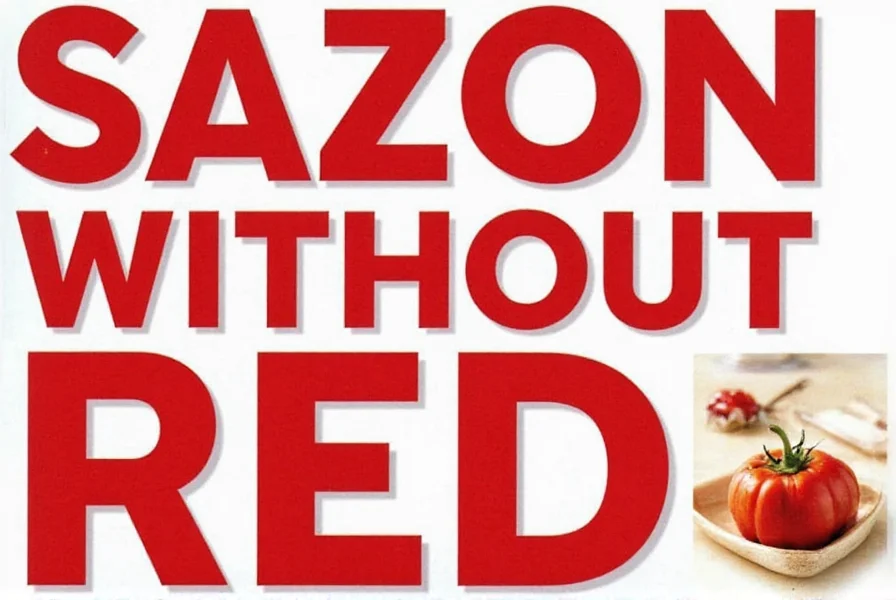
| Feature | Sazon Without Red 40 | Regular Sazon |
|---|---|---|
| Artificial Colors | No | Yes (Red 40) |
| Color Source | Natural (annatto, turmeric) | Artificial (Red 40) |
| Flavor Profile | Rich, aromatic spices (identical to regular sazon) | Rich, aromatic spices |
| Health Considerations | No artificial dye concerns | Potential hyperactivity risks in sensitive children |
| Price Range | Similar to regular sazon | Typically lower |
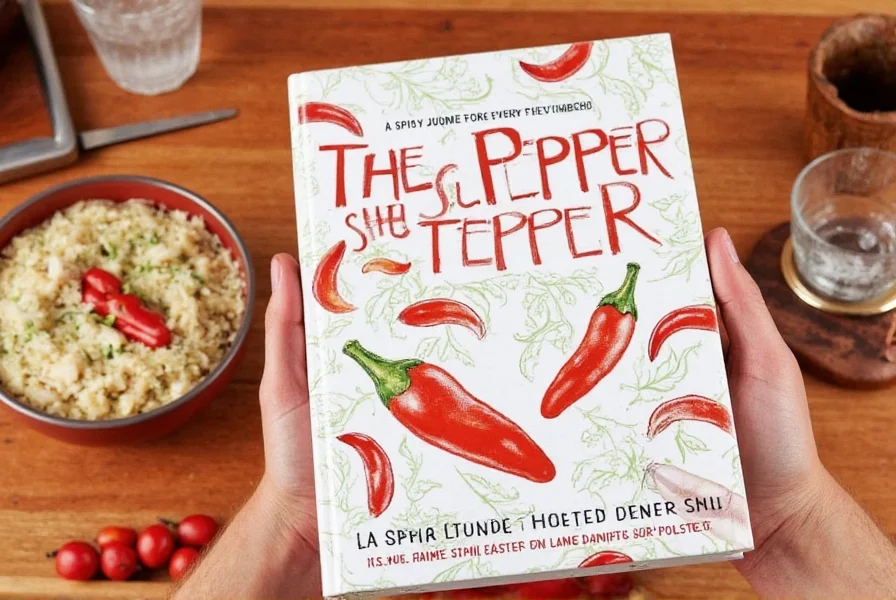
Frequently Asked Questions About Sazon Without Red 40
What exactly is sazon without Red 40?
Sazon without Red 40 is a traditional Latin American seasoning blend using natural colorants like annatto or turmeric instead of artificial Red 40 dye. It maintains identical spice composition and flavor while eliminating synthetic additives.
Why should I avoid Red 40 in sazon?
Red 40 has been linked to hyperactivity in children by the American Academy of Pediatrics and may cause allergic reactions. While approved by the FDA, many health organizations recommend avoiding artificial dyes for sensitive individuals.
Does sazon without Red 40 provide the same color as regular sazon?
Yes, natural colorants like annatto produce vibrant orange-gold hues similar to Red 40. The difference is in the source - natural vs artificial - not the visual result.
Is sazon without Red 40 more expensive than regular sazon?
Typically priced similarly. Many brands offer Red 40-free versions at comparable costs, with the minor premium often justified by health benefits.
Can I make my own sazon without Red 40 at home?
Absolutely. Combine 2 tbsp ground cumin, 2 tbsp coriander, 1 tbsp garlic powder, 1 tbsp oregano, 1 tsp annatto powder (for color), and 1 tsp salt. Store in an airtight container for up to 6 months.
Where can I find sazon without Red 40?
Available at Latin grocery stores, major supermarkets (check spice aisles), and online retailers like Amazon. Look for brands like La Cocina, El Yunque, and San Francisco Salsa that explicitly state "No Red 40" on packaging.
Conclusion
Sazon without Red 40 provides identical flavor and color to traditional sazon while eliminating artificial dyes. This natural alternative aligns with health-conscious cooking standards and maintains cultural authenticity. By choosing Red 40-free options, you ensure safer meals for your family without compromising on authentic Latin American taste.


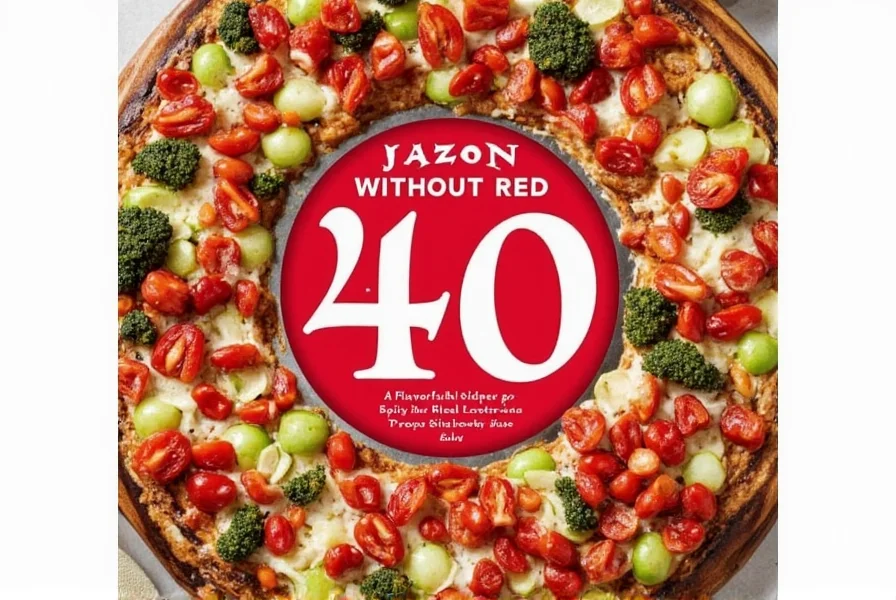









 浙公网安备
33010002000092号
浙公网安备
33010002000092号 浙B2-20120091-4
浙B2-20120091-4